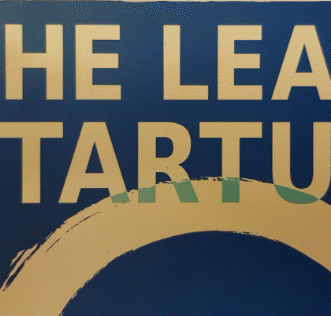
Big questions for accountants
I like to ask big questions of accountants in my podcast.
Professor Richard Murphy has some interesting answers.
This video of his proposes a new way of financial reporting for ‘public interest entities’ – the big corporates we all depend on for infrastructure, food supply etc., that looks at the interest of all stakeholders, not just shareholders.
I think reporting this way, even if you aren’t legally required to, could give a real advantage to some smaller, more forward-thinking businesses.
If they dared to take it.
I’d love to know what you think, especially if you’re an accountant.
PS Professor Murphy has an even more interesting vision for audit.









